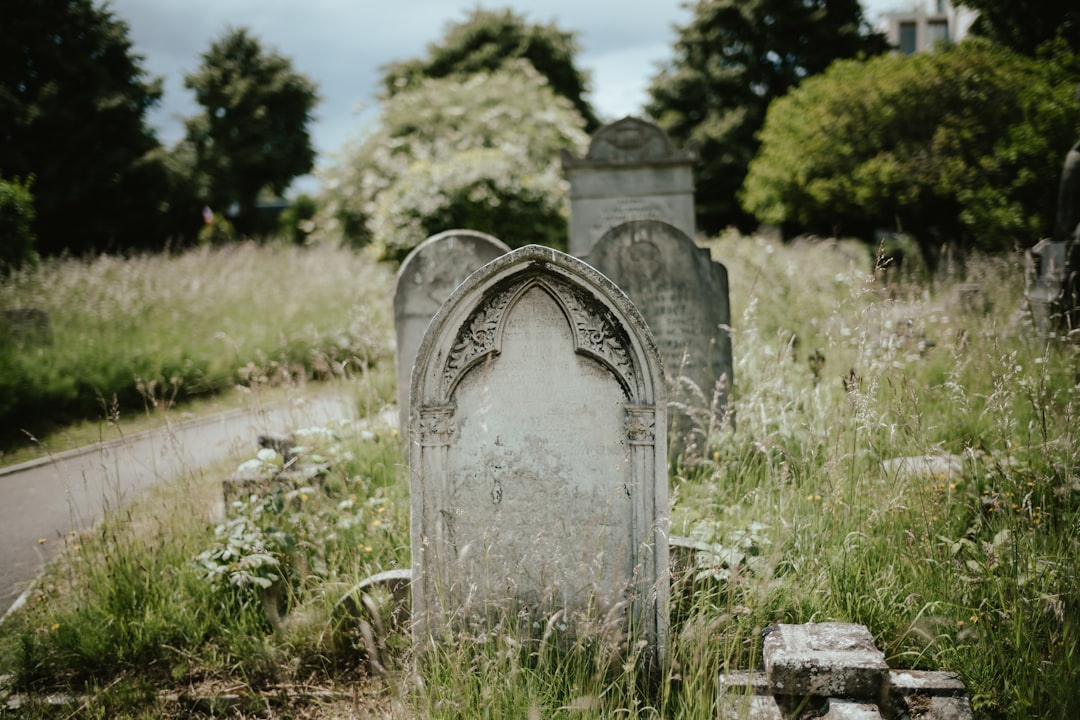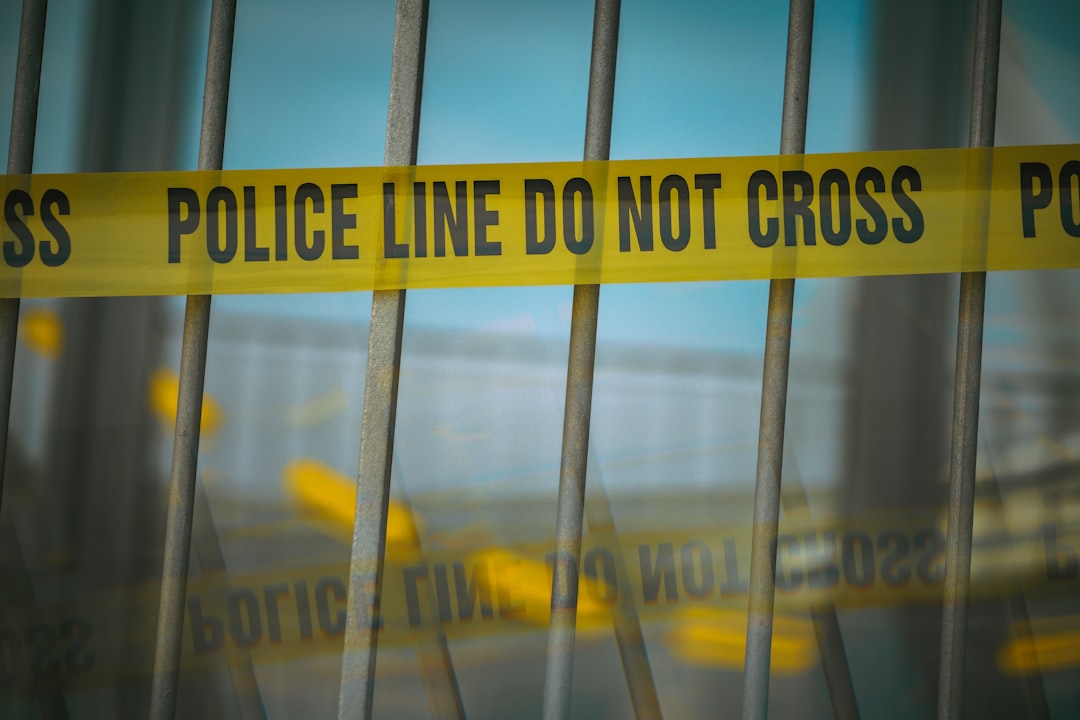A Path Forged in Personal Tragedy (Image Credits: Unsplash)
St. Louis – Under the soft glow of fluorescent lights in a backroom workshop, the weight of unfinished stories hangs in the air like a persistent fog.
A Path Forged in Personal Tragedy
Imagine losing someone close in a sudden, violent way. That’s exactly what pushed Shamari Jackson toward a career in mortuary science. After her boyfriend’s death by gunshot, she sought a way to make sense of the chaos. It wasn’t just a job; it became a calling.
Starting out, Jackson trained to handle the most delicate cases. Homicide victims demand extra care, from piecing together damaged bodies to preparing them for final goodbyes. Her hands, steady through training, learned to navigate both the physical and the emotional layers of such work.
Today, as a licensed mortician, she views her role as the last line of support. It’s about restoring dignity where violence tried to strip it away. Through this, she’s uncovered truths about grief that textbooks can’t touch.
The Hidden Realities of Working with Homicide Cases
Every body tells a story, but homicide cases scream theirs. Jackson recalls the first time she worked on a young victim, the wounds fresh reminders of senseless acts. It’s not just about the science of preservation; it’s confronting the brutality head-on.
These cases often involve police reports, family consultations, and tight deadlines. The room might echo with unanswered questions from loved ones. Yet, in that space, Jackson finds a rhythm – cleaning, repairing, and readying for viewing – that offers a sliver of closure.
One challenge stands out: the unpredictability. No two cases mirror each other, from the extent of trauma to the cultural rituals families hold dear. This variety keeps her sharp, but it also amplifies the emotional stakes.
Navigating the Personal Toll of Violent Grief
Grief doesn’t stop at the funeral home door. For Jackson, handling these bodies stirs up her own losses, turning work into a mirror of unresolved pain. Nights can blur with memories, making rest elusive.
Still, she pushes through by setting boundaries. Therapy sessions help unpack the day’s weight, while journaling captures fleeting thoughts. It’s a reminder that even healers need healing.
Over time, patterns emerge in her own responses – waves of anger, then numbness. Recognizing this helps her stay grounded. Her story shows how proximity to death can deepen self-understanding, turning vulnerability into strength.
How Morticians Bridge the Gap for Bereaved Families
Families arrive shattered, often facing their loved one for the last time. Jackson’s approach focuses on empathy first. She listens to their stories, tailoring preparations to honor the person’s life amid the horror of their death.
Simple choices matter, like selecting clothing that evokes happy times or arranging flowers to soften the room. These touches ease the raw edges of shock. In homicide grief, where anger and injustice simmer, such details foster a sense of control.
She’s seen families transform during viewings – from frozen silence to shared tears. It’s in these moments that her work feels vital. By guiding them gently, she helps shift focus from the violence to the legacy left behind.
Transforming Sorrow into a Lifeline for Others
Jackson’s experiences have reshaped her view of grief as a multifaceted journey. What began as personal therapy evolved into advocacy. She shares insights through community talks, emphasizing that homicide loss layers trauma on top of natural mourning.
Key to her growth: viewing grief not as an enemy, but a companion. It ebbs and flows, demanding patience. Her work reinforces that healing isn’t linear; it’s a daily recommitment to living fully.
Through it all, she honors her boyfriend’s memory by extending compassion. This cycle of giving back sustains her, proving that even in darkness, light can guide others forward.
Lessons Drawn from the Front Lines of Loss
From years in the field, Jackson distills advice that’s both practical and profound. Here’s what stands out:
- Allow anger its space – it’s a valid part of processing violent loss, not a sign of weakness.
- Seek connections with others who’ve walked similar paths; shared stories lighten the load.
- Prioritize self-care routines, like walks or creative outlets, to rebuild energy.
- Remember, closure might never fully arrive, but peace can grow in its place over time.
- Lean on professionals early – counselors versed in trauma grief can map the unfamiliar terrain.
These insights, born from hands-on reality, offer a roadmap. They highlight grief’s universality, even in its most jagged forms.
In the end, Jackson’s journey reveals that tending to the dead can revive the living. It teaches resilience amid ruin, urging us to face our pains with quiet courage. What experiences with loss have shaped your understanding of grief? Share in the comments below.
Key Takeaways
- Homicide grief blends shock, rage, and mourning – unique support makes all the difference.
- Morticians like Jackson serve as unseen anchors, restoring humanity in tragedy’s wake.
- Personal healing fuels professional purpose, creating ripples of hope for families.




